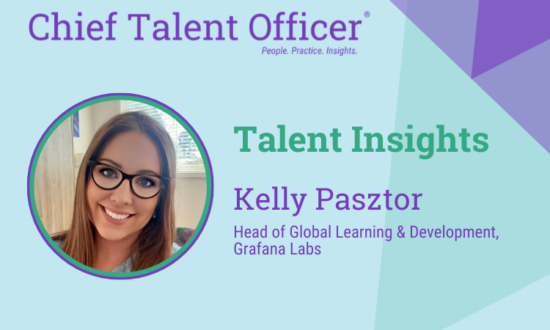The pace of baby boomers’ retirement has not been the expected mass exodus once predicted. Instead, it’s been more of a slow undercurrent. As a result, many organizations have been addressing succession management sporadically as an occasional topic on the agenda. And as today’s leaders turn into tomorrow’s retirees, many companies may find themselves unprepared.
According to the U.S. Bureau of Labor Statistics, the number of people aged 65 and older will double between 2010 and 2050. By 2020, 25 percent of the workforce will be older adults aged 55 and up, up from 13 percent in 2000.
How can organizations accelerate leaders’ development to prepare for succession?
1. Identify High-Potential Leaders More Rigorously
A key part of the succession management process is identifying high-potential leaders — though doing so can raise many challenging questions. How can leaders consistently determine potential?
A common practice is using a nine-box grid to position the probable high-potential leaders on a low, medium or high performance and potential axis. But to predict and rate leadership potential objectively and consistently, human resources professionals and leaders need to assess candidates against a standardized, reliable set of leadership potential factors.
Experience and extensive review of research about what determines future leader success led to six factors that, when measured and used effectively, streamline and improve the high-potential leadership assessment process:
1. Cognitive complexity and capacity.
2. Drive and achievement orientation.
3. Learning orientation: self and others.
4. Personal and business ethics.
5. Motivation to lead.
6. Social and emotional complexity and capacity.
2. Diagnose Before You Prescribe
Just as a physician evaluating a new patient performs a diagnostic exam before prescribing a course of treatment, you must assess high-potential leaders to identify strengths and development needs related to competencies, knowledge, experience and personality traits. Proper assessment should encompass behavioral analysis such as 360-degree surveys or simulations, validated personality traits inventories and tailored knowledge and an experience review interview or questionnaire. These four components of an assessment will generate a holistic view of the high-potential leaders’ strengths and development needs.
Performing a diagnostic assessment also enables you to select proper development solutions and increases self-awareness for the high-potential leaders.
Robert Hogan and Rodney Warrenfeltz of Hogan Assessment Systems approach self-awareness by asking a critical question: “What is it that one is aware of when one is self-aware?”
In a nutshell, there are two answers. On the one hand, you can be aware of your identity — how you think about and evaluate yourself. On the other hand, you can be aware of your reputation — how others think about and evaluate your behavior. There is a self-view, and there is one’s perceived performance evaluated by others — an inner and outer perspective. It is critical that a leader, particularly one who is part of a development process, be aware of his or her reputation as a leader and the impact of his or her behavior. The higher the self-awareness, the more likely the leader will improve.
3. Truly Use the 70:20:10
Don’t pay lip service to the 70:20:10 principle. It is commonly recognized that as adults, about 70 percent of what we learn comes from experience, 20 percent comes from others, and 10 percent comes from formal education. Development plans created for leaders are too often weak on the 70 percent and contain vague recommendations. The “prescription” — the development plan — must be specific about the types of situations to which the leader must be exposed.
In her review of research, Cindy McCauley of the Center for Creative Leadership pinpoints five major categories of development situations or areas that support the logic of 70:20:10:
• Challenging assignments (learning by doing).
• Other people (learning from others).
• Hardships (learning from difficult situations or mistakes).
• Coursework (formal learning).
• Personal life experiences (learning outside work).
Using high-potential leadership factors leads to selecting true high-potential leaders, helps avoid possible errors and saves time and investment.
Jocelyn Berard is the author of “Accelerating Leadership Development.” She can be reached at editor@CLOmedia.com.















